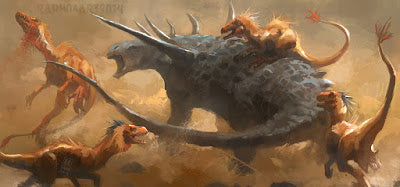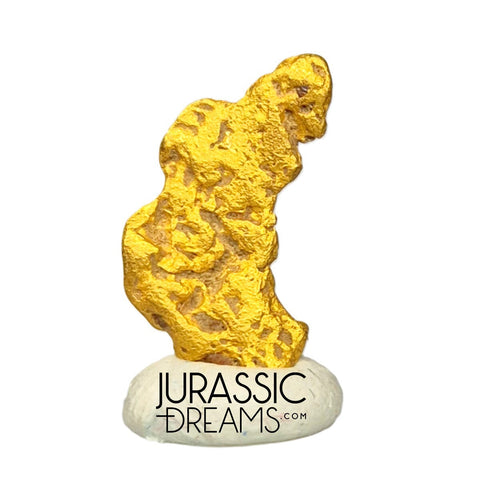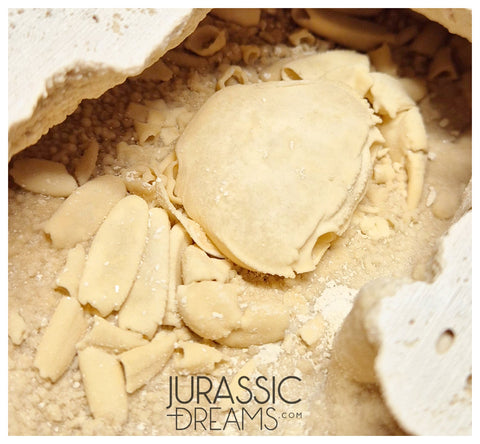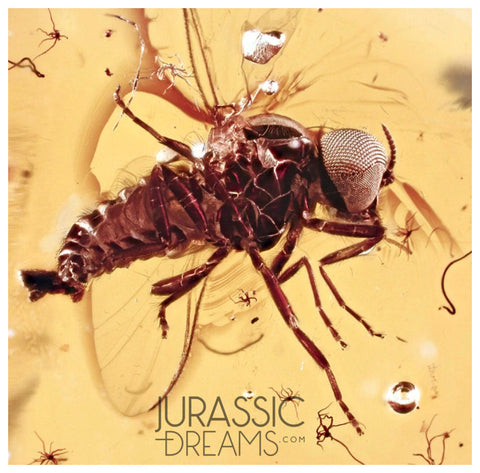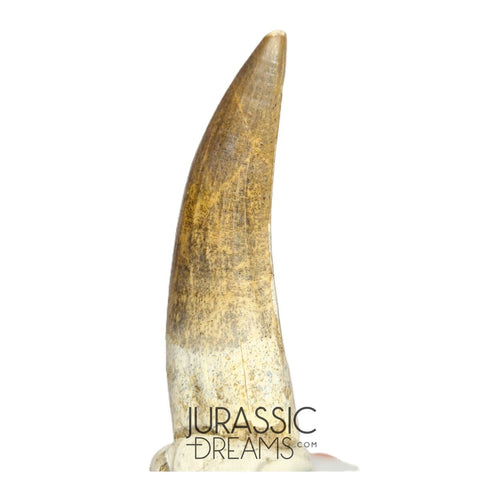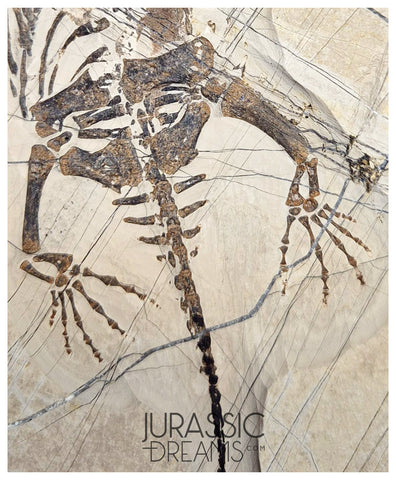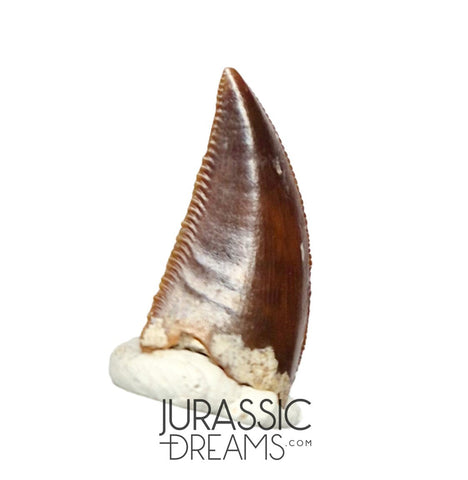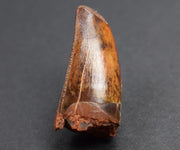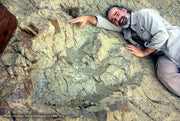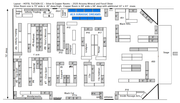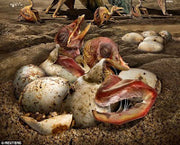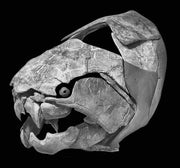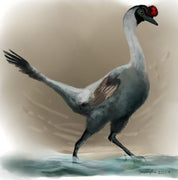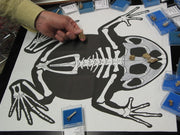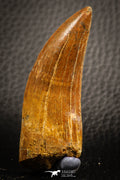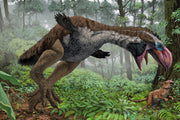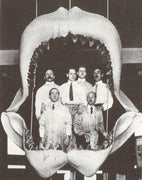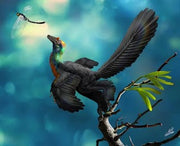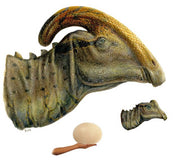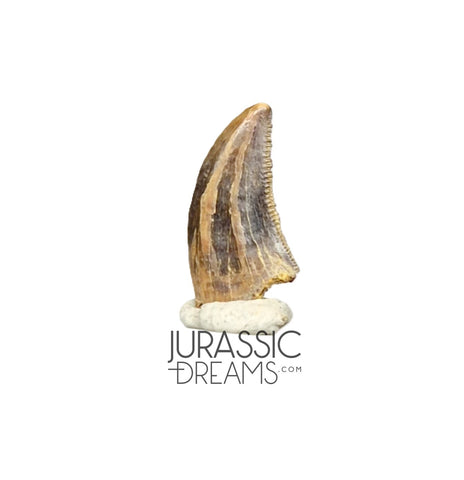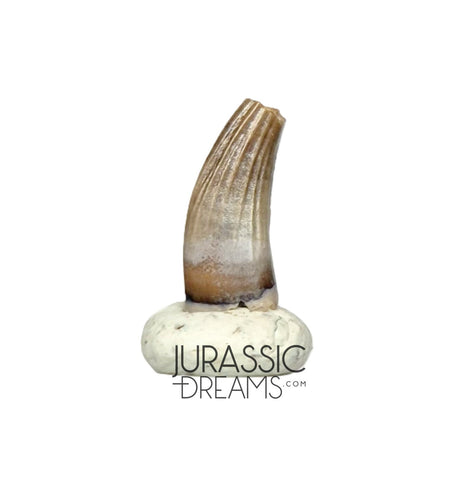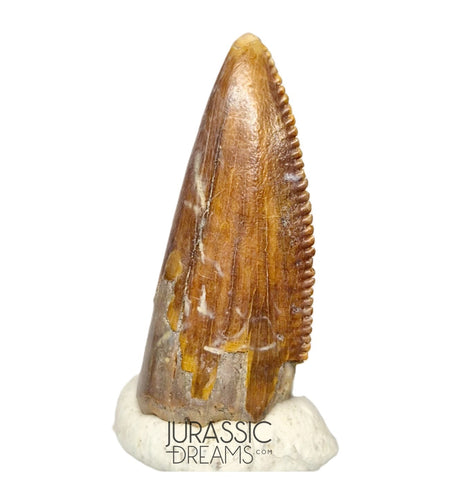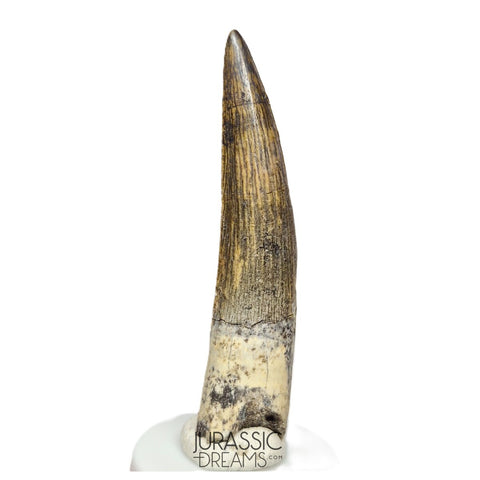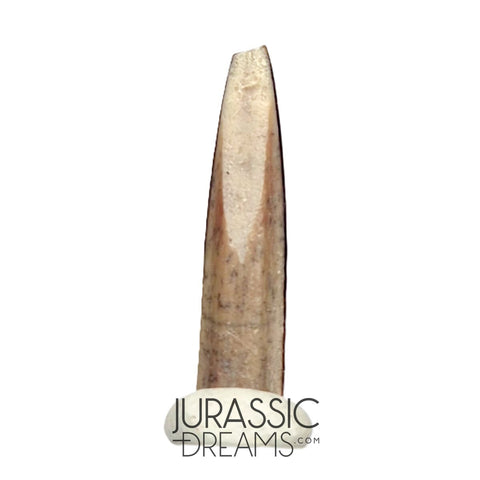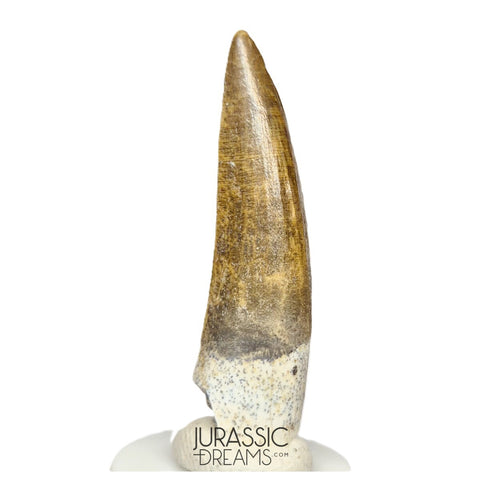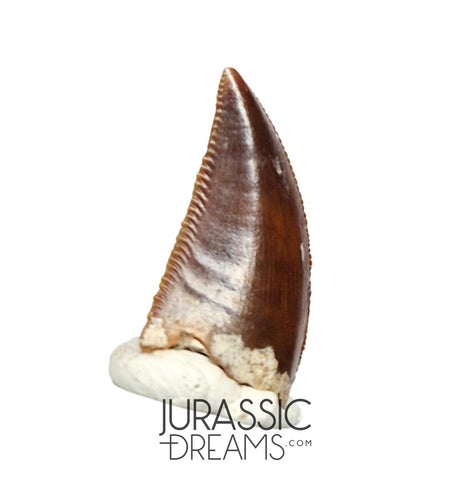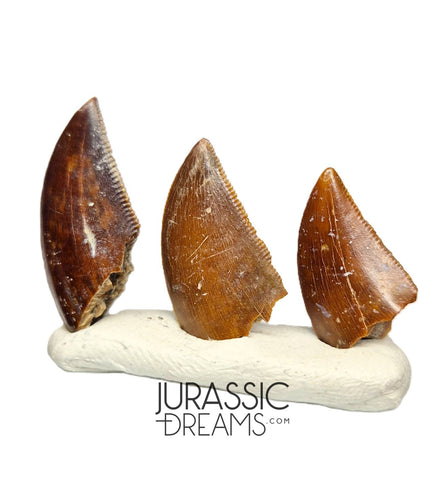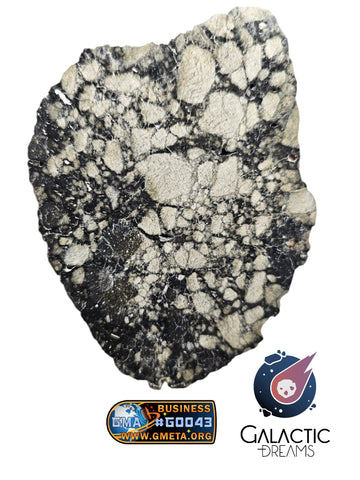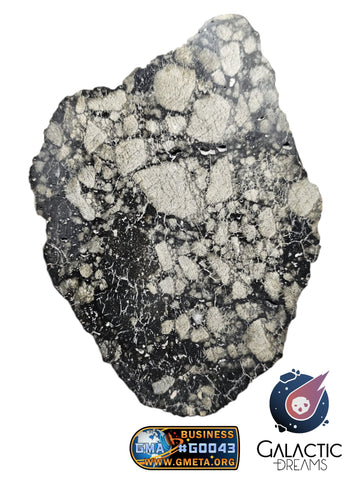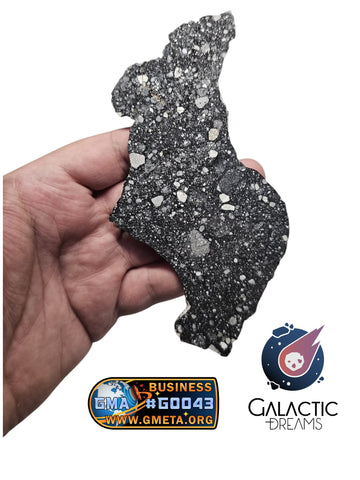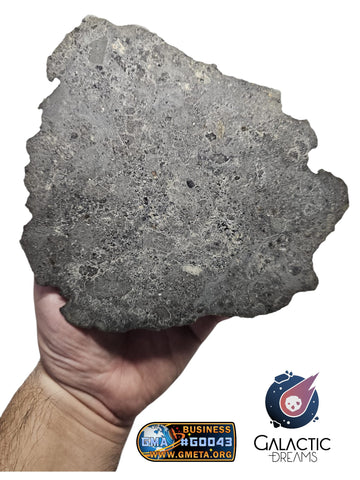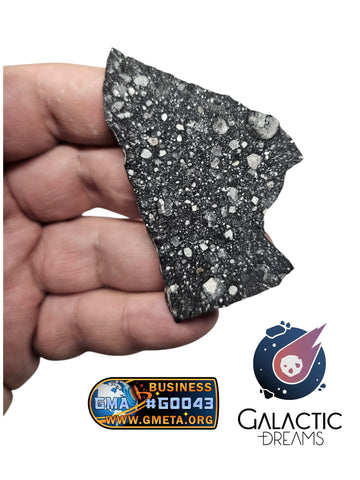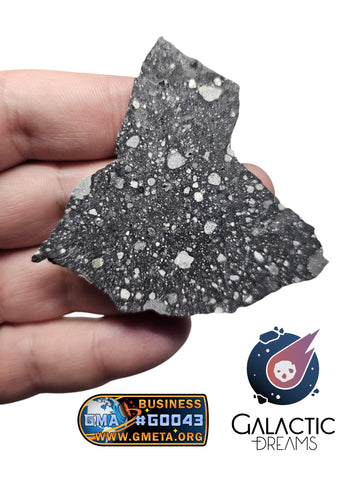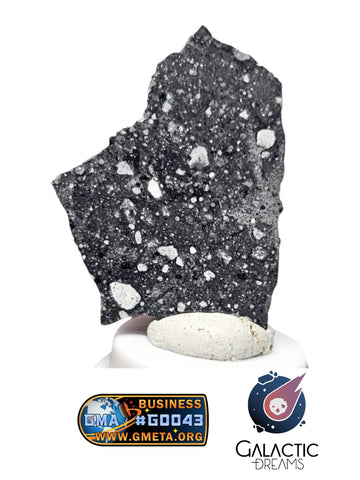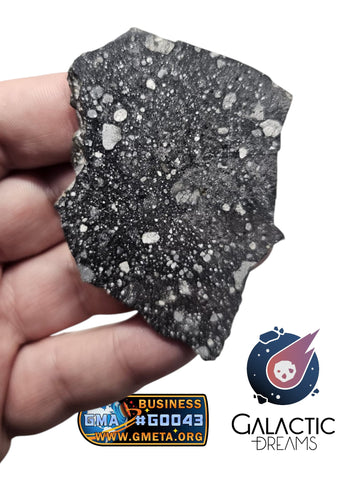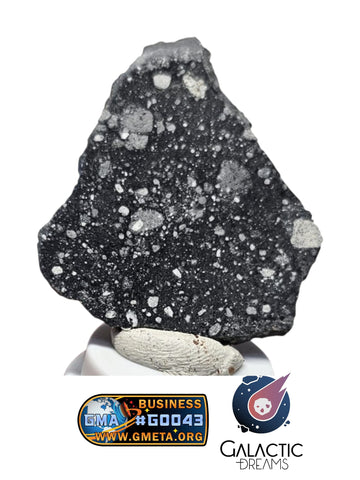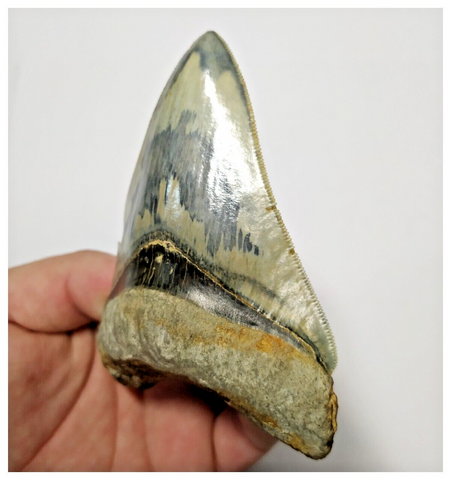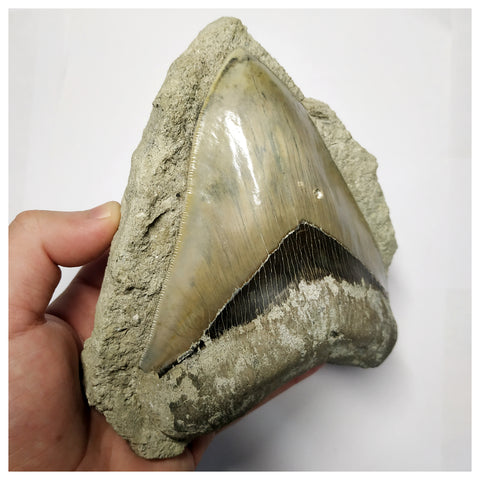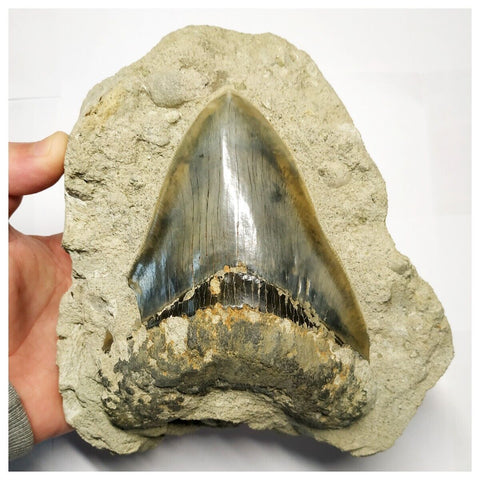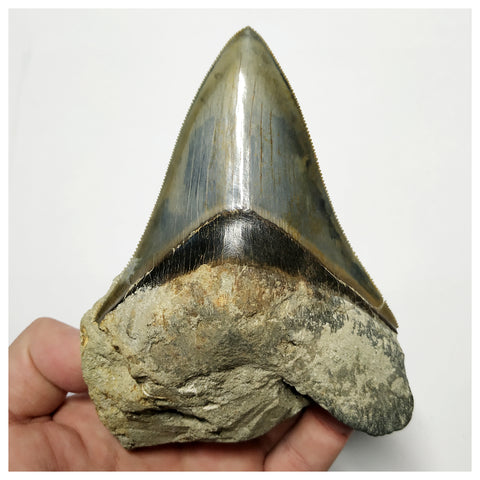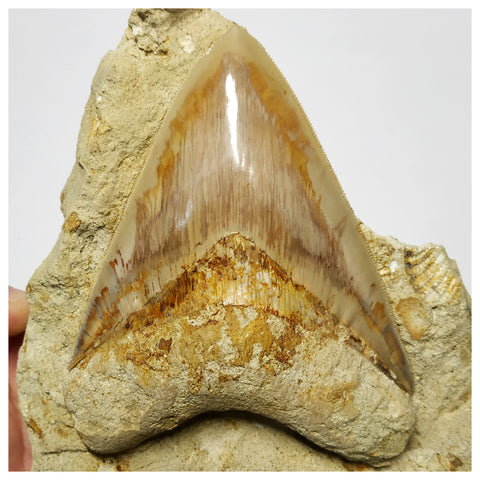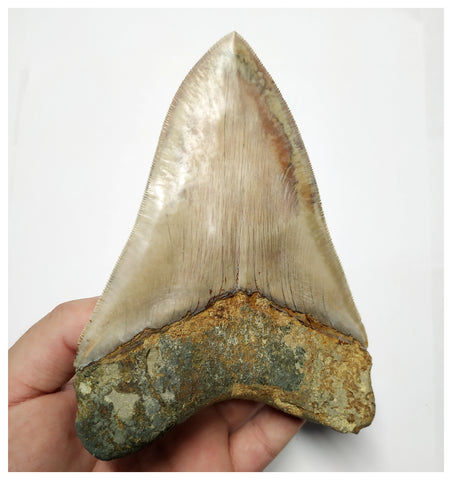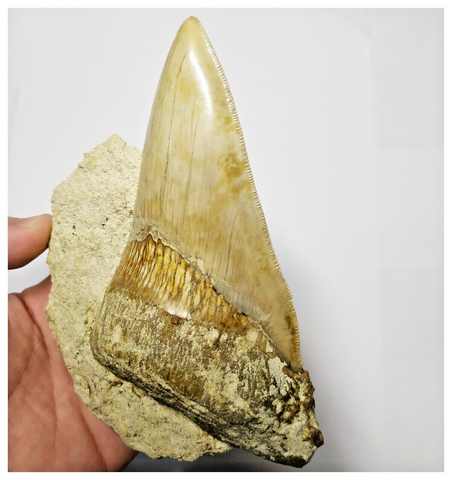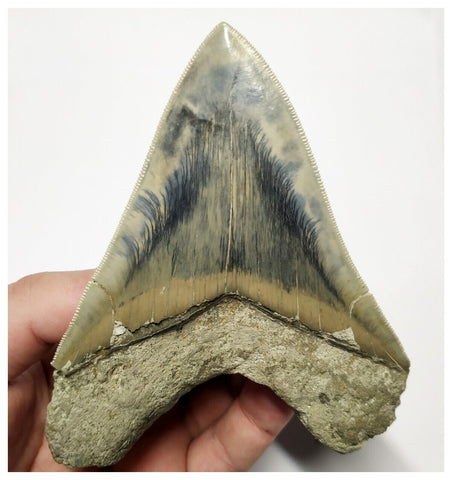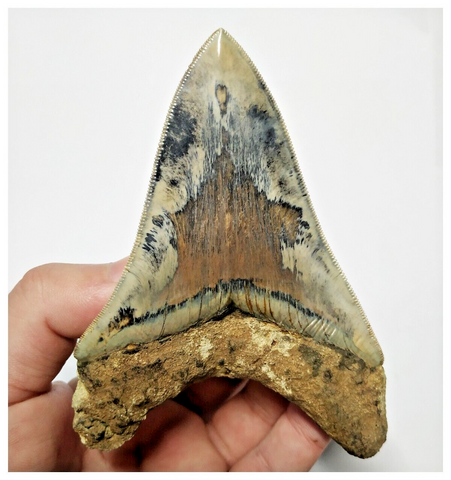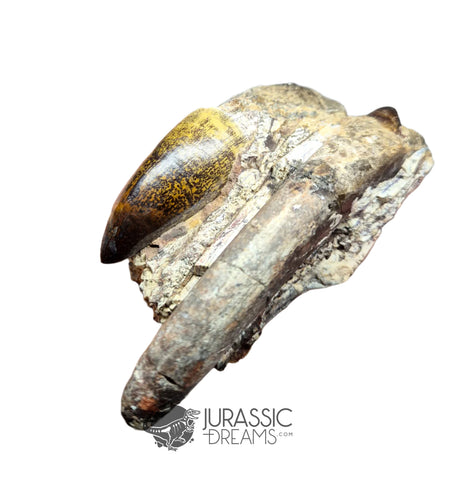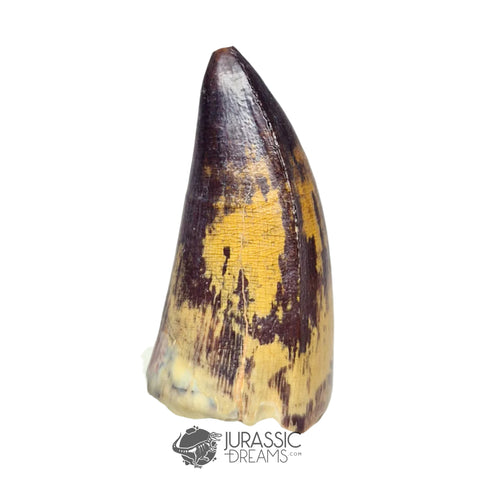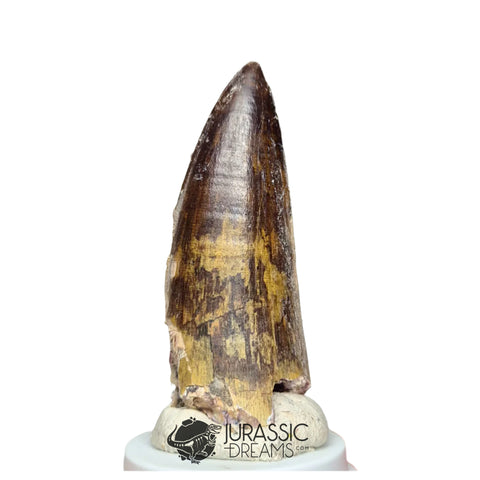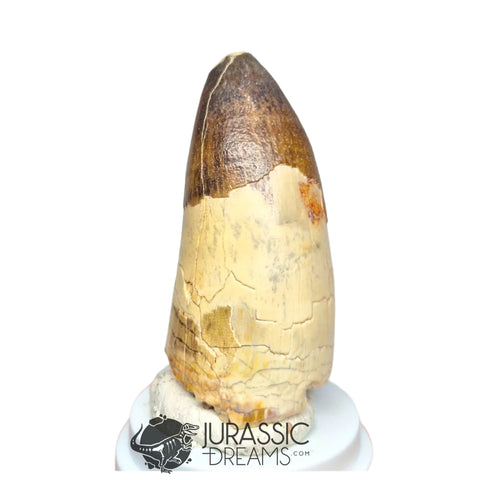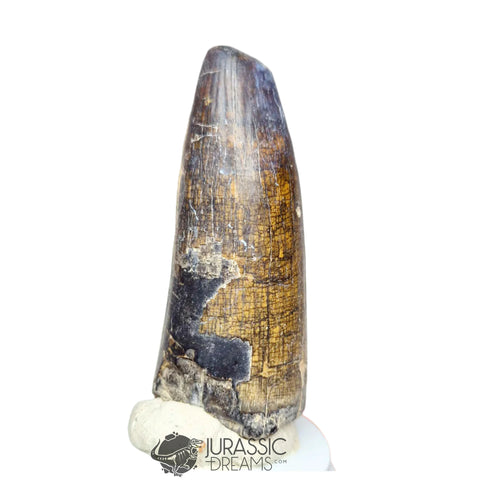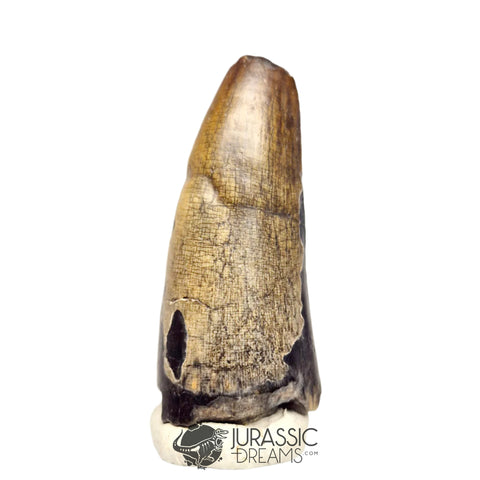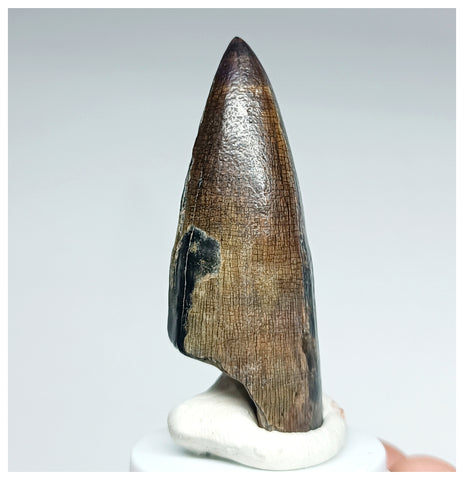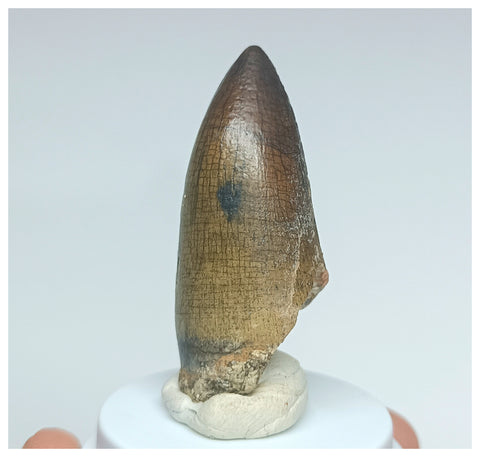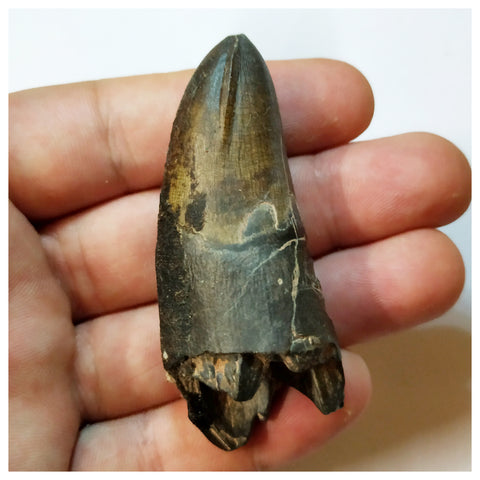Before the movie Jurassic Park few knew the Velociraptor, but for the film the size of this species was increased, giving it a more similar aspect to that of a Deinonychus. And is that the Velociraptors are part of a large family. The general characteristic to belong to the club of the "raptors" is to possess a huge claw on the hind legs. Powerful tendons made this nail a formidable and lethal weapon.

Now, in 2015, a new member has entered the Raptors club. And he has done it through the big door. Although the first fossils were found in 2005, we had to wait 10 years to read the conclusions of the study, and hear for the first time the name of this new beast: Dakotaraptor.
It is, as we have said, a new carnivorous dinosaur, from the family of Velociraptors. Although the shape of its body is similar to these, the Dakotaraptor is much larger reaching 5.5 metres in length.
Without a doubt it is a huge raptor, but ... Is it the largest? The answer is blunt: No. The Utahraptor is estimated to reach up to 7 metres in length. In addition the morphology of its body is different from that of the Dakotaraptor, Utahraptor is more voluminous, of longer body and greater proportions.
However, the retractable claw of the new species, Dakotaraptor, is slightly larger, as we can see in the photograph. Utahraptor claw left Dakotaraptor claw right.
 There are doubts on the part of some paleontologists, but it seems probable that the family of the raptors was a type of gregarious dinosaurs, that moved in herds and that also hunted using the group form. Due to the size of the skull and its brain, they were supposed to be intelligent animals capable of ambushing and behaving similar to the current wolves.
There are doubts on the part of some paleontologists, but it seems probable that the family of the raptors was a type of gregarious dinosaurs, that moved in herds and that also hunted using the group form. Due to the size of the skull and its brain, they were supposed to be intelligent animals capable of ambushing and behaving similar to the current wolves.
Their prey was possibly the great herbivores of the late Cretaceous, who also moved in huge groups and whose size was not negligible.

A group of Utahraptor attacking a Gastonia
The assumption that they hunted in a group is not without foundation. There are several deposits in which, along with the remains of prey, raptor teeth have been found in a large number. The number is so significant that they cannot belong to a single individual.
To have a global vision of the "family" of the "raptors" in the following image we show its main members.

Germán Z. López
This post can also be read in Spanish at our partner blog Made in Pangea.
Illustrations: www.darenhorley.artstation.com, www.raph04art.deviantart.com
Photographs: www.papaerblog.com
Sources:
- DePalma, R.A., 2010, Geology, taphonomy, and paleoecology of a unique Upper Cretaceous bonebed near the Cretaceous-Tertiary Boundary in South Dakota, Master of Science thesis, University of Kansas.



